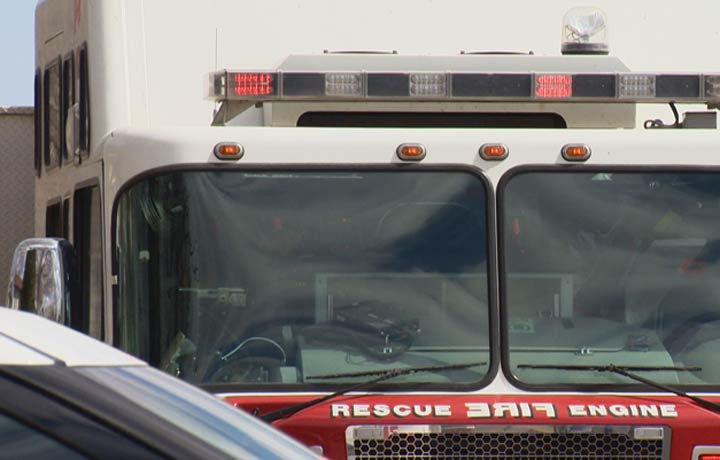Saskatoon Fire Department officials say drivers who do not follow the rules in the Saskatchewan Driver’s Handbook are slowing them down when they are responding to emergencies.

That’s why the fire department’s new monthly theme is focused on informing drivers that emergency vehicles with flashing lights and sirens have the right of way on roads.
“Pull to the right and sit tight” is the safety theme for June.
Motorists who either zip behind or in front of fire trucks are a great concern and officials said the flashing lights and sirens are meant to ensure there isn’t another emergency call involving a collision with an ambulance, police vehicle, or fire apparatus.
They added that it’s best not to guess where a fire engine is headed and to simply move vehicles to the right. Firefighters are trained to drive in the left lane until they need to turn.
It is also important that drivers don’t play music so loudly that they can’t hear the approaching sirens.
- Trudeau tight-lipped on potential U.S. TikTok ban as key bill passes
- Canadian man dies during Texas Ironman event. His widow wants answers as to why
- Hundreds mourn 16-year-old Halifax homicide victim: ‘The youth are feeling it’
- On the ‘frontline’: Toronto-area residents hiring security firms to fight auto theft
The 2017 handbook’s rules for sharing the road with emergency vehicles include:
- All emergency vehicles (fire engines, police vehicles and ambulances) have the right of way when displaying flashing lights and using sirens (sound devices);
- When approached by an emergency vehicle with its lights flashing or sirens engaged, you must immediately drive as closely as possible to the right edge of the roadway and not enter the next intersection until the emergency vehicle has passed. The only exception is if a peace officer gives you other directions. On one-way streets, pull right or left to the nearest curb;
- At an intersection, you must stop and let the emergency vehicle through the intersection, unless given other directions by a peace officer.
If the emergency vehicle has its lights flashing, but no siren engaged, motorists in the vicinity should extend the same privilege as previously mentioned while meeting or being overtaken by the emergency vehicle; - When an emergency vehicle is stopped on the highway with its emergency lights in operation, you must slow down to 60 km/h when passing it. This does not apply to vehicles travelling in the opposite direction on a divided highway. However, this does apply when travelling in the opposite direction on an undivided highway; and
- Never attempt to follow an emergency vehicle going to, or coming from, an emergency.
Flashing red lights in front of a fire station mean that a fire truck is either leaving for or backing up from an emergency call. Motorists must come to a stop at the lights and only proceed when it is safe to do so.


Comments